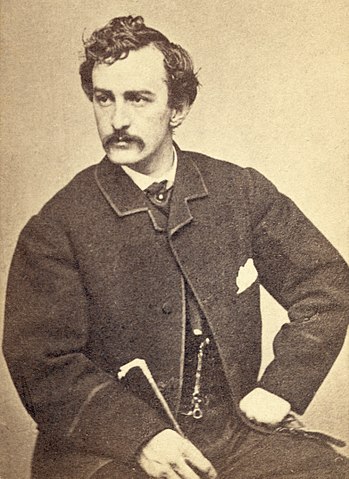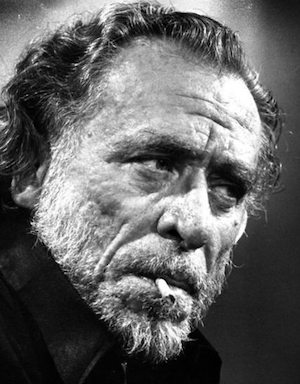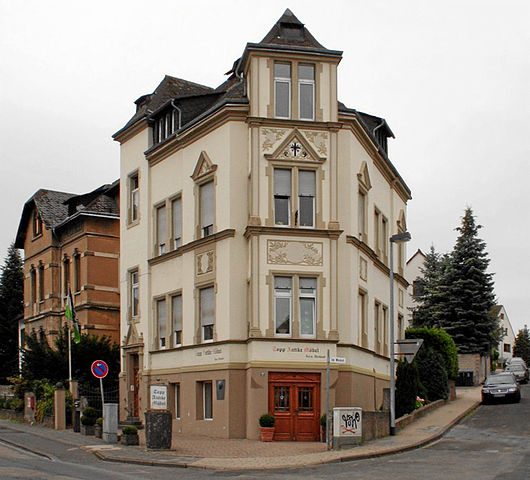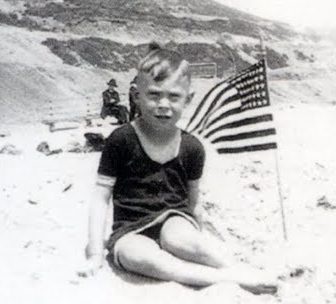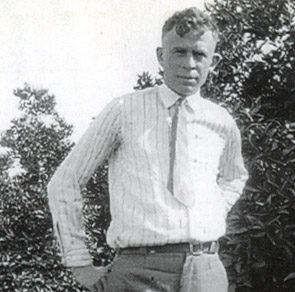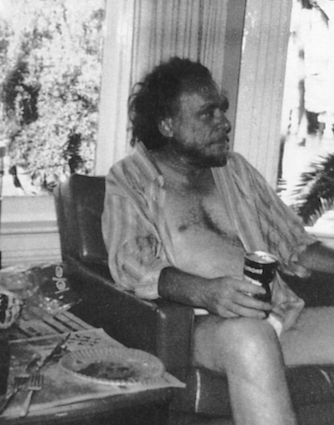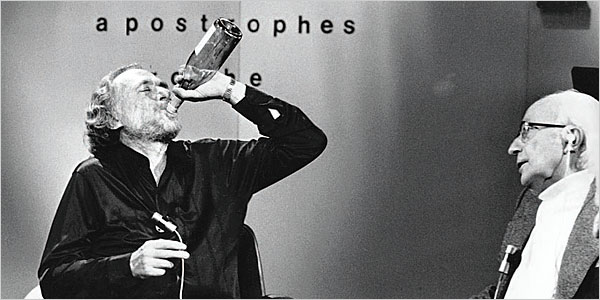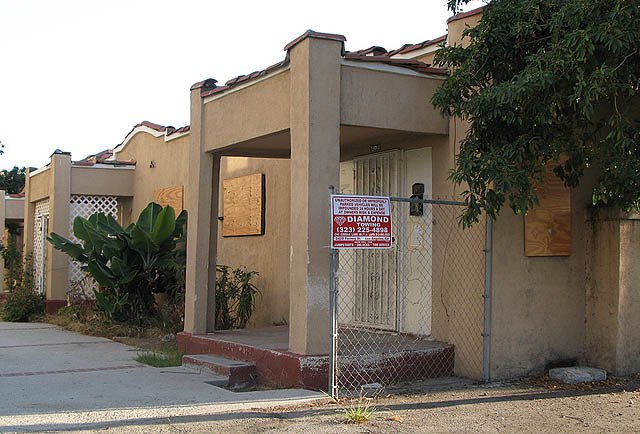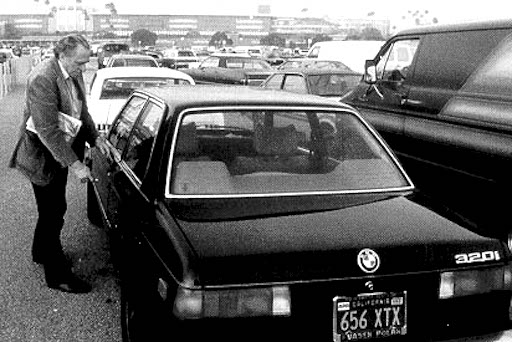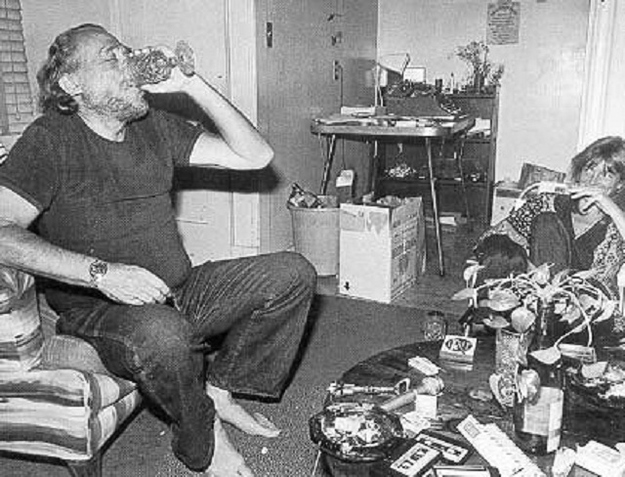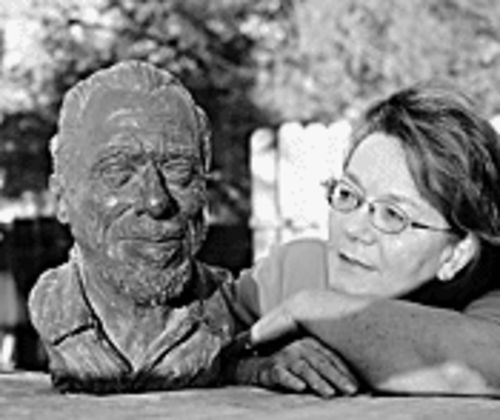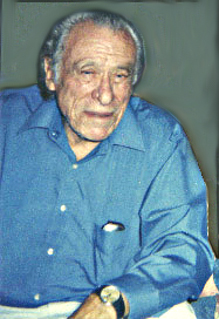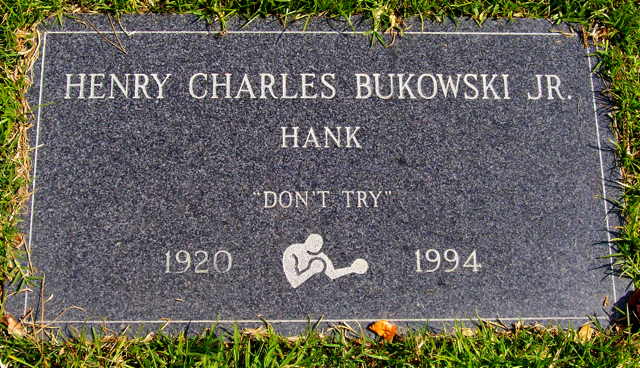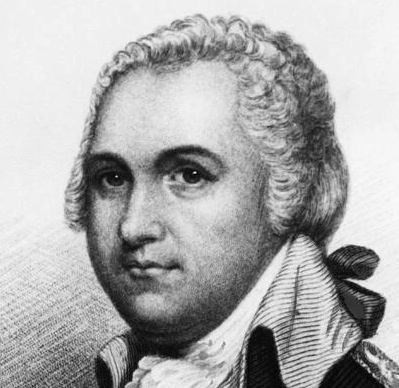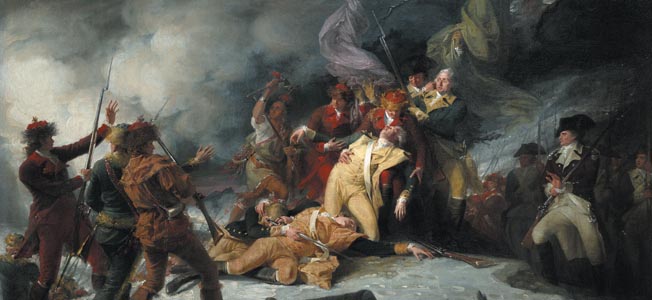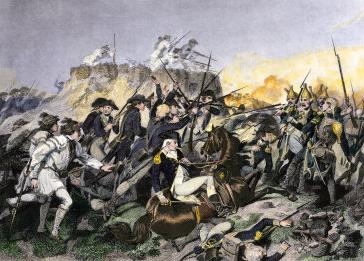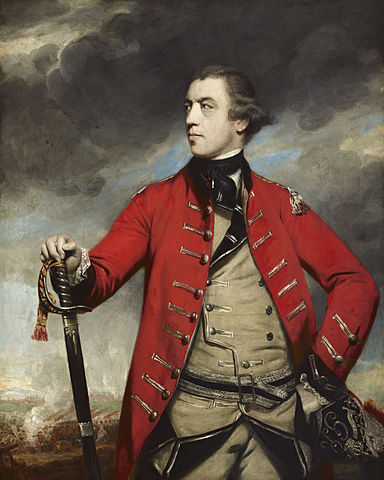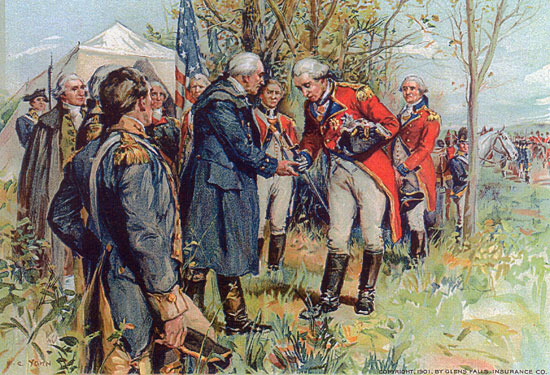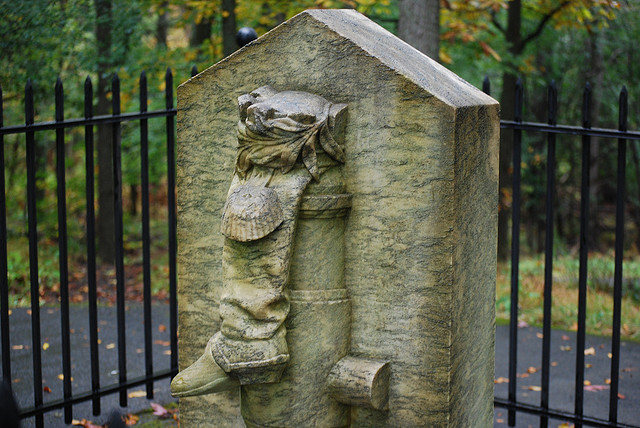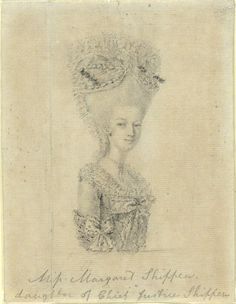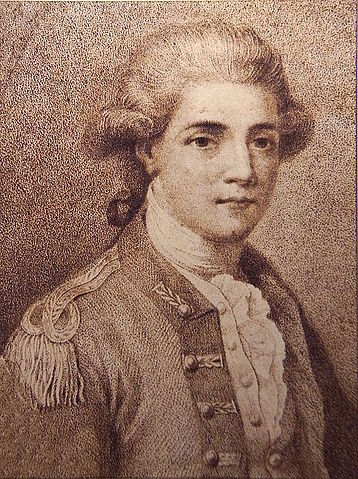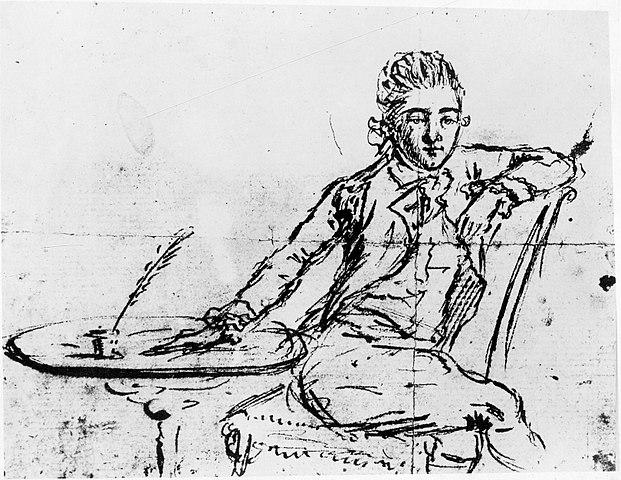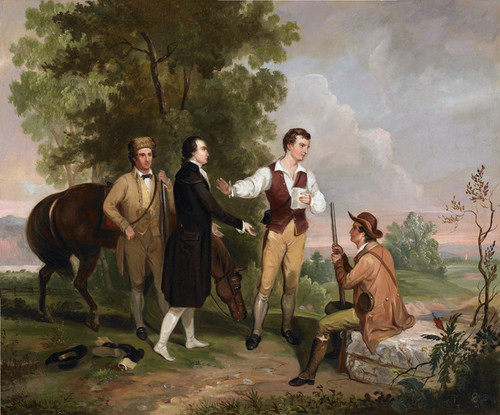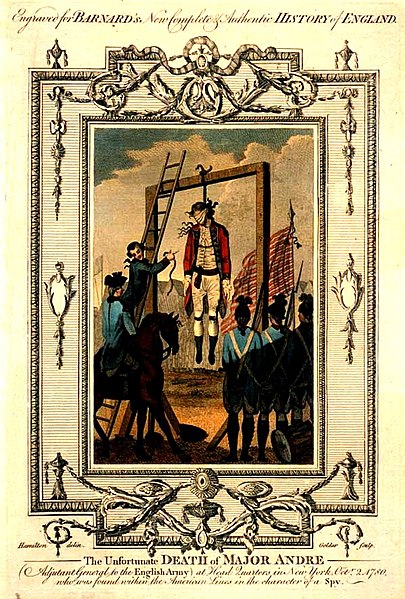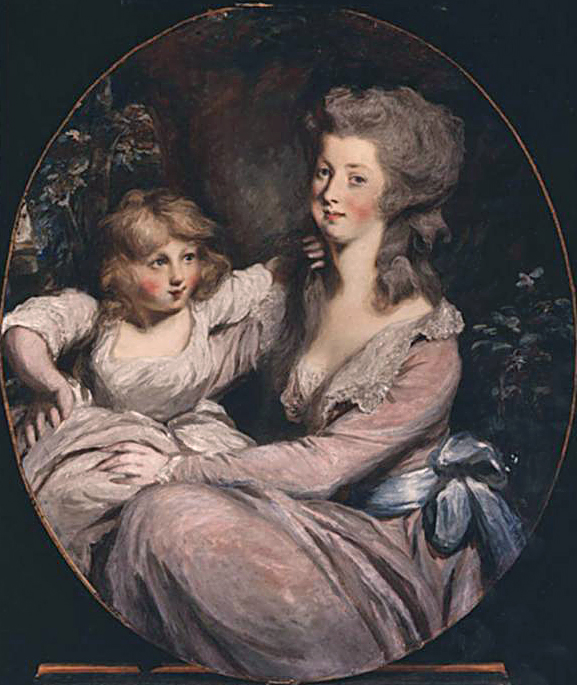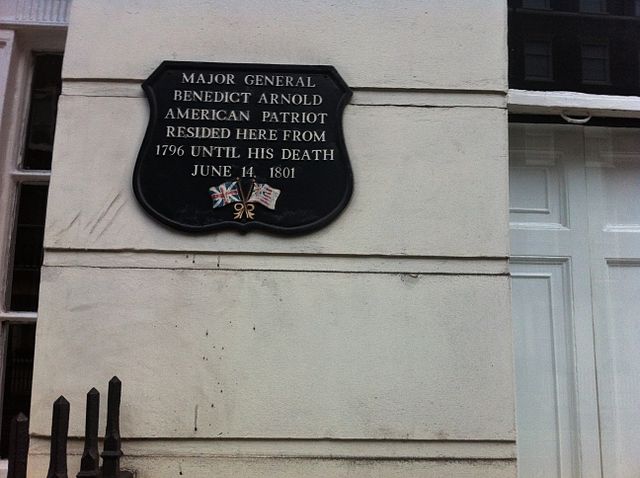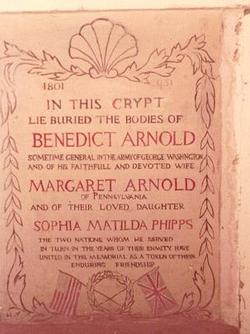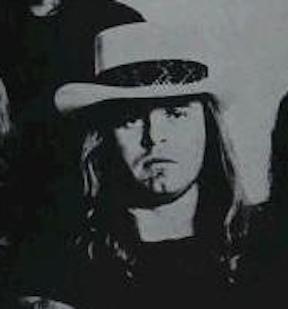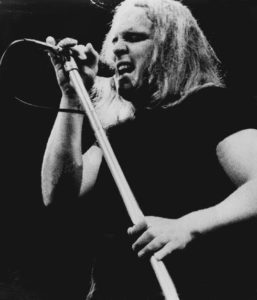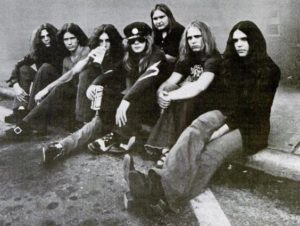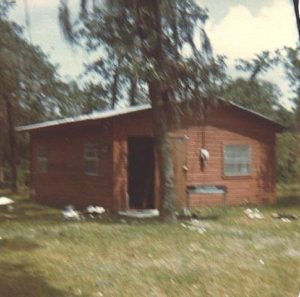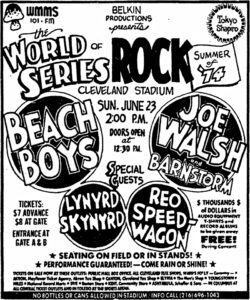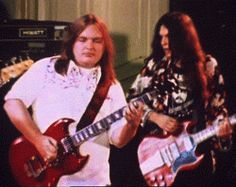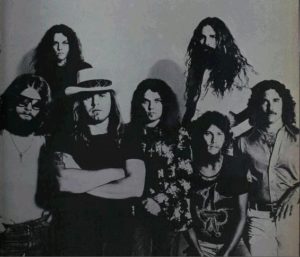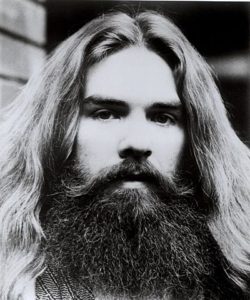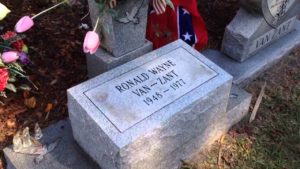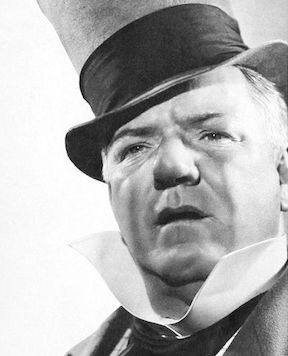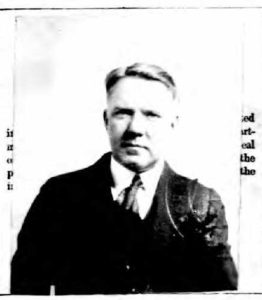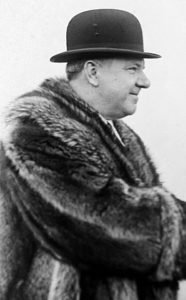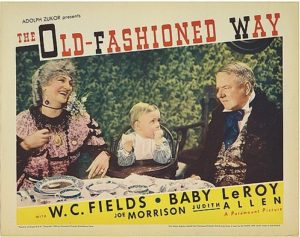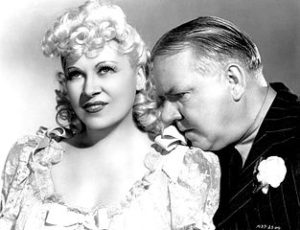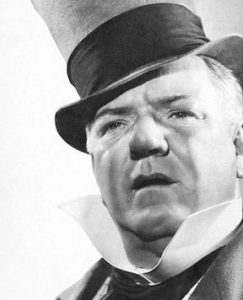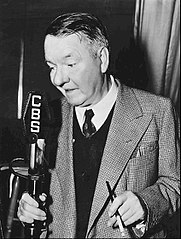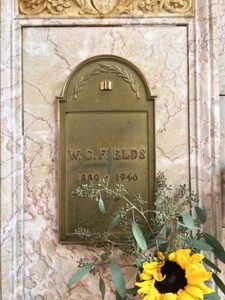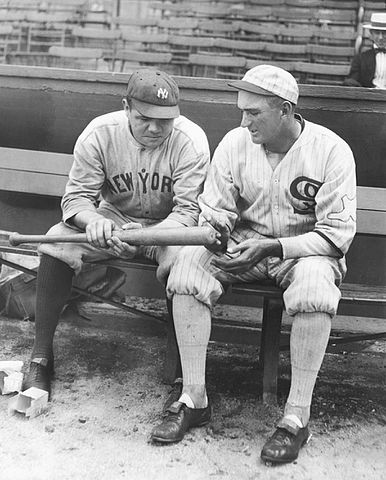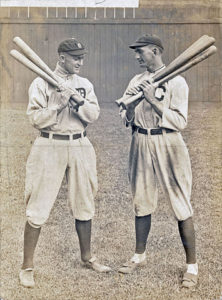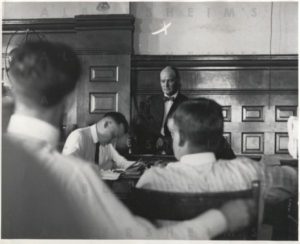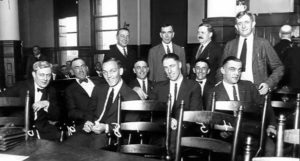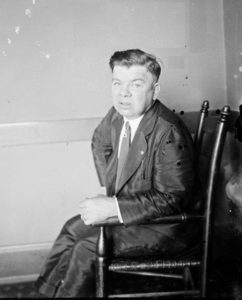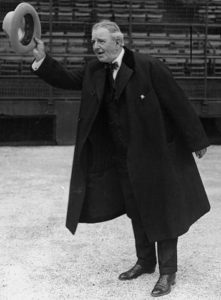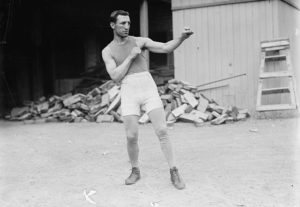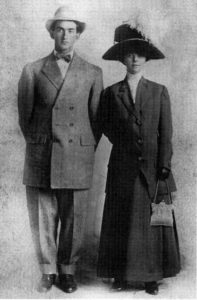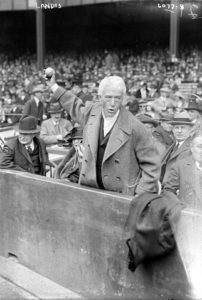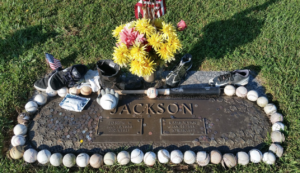A well known actor, John Wilkes Booth used his professional access to enter Ford’s theater and assassinate President Lincoln
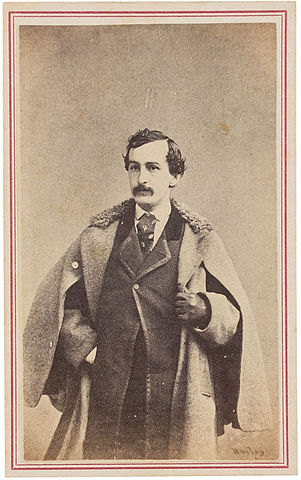
In April of 1865, John Wilkes Booth was a very depressed 27-year old. His career in shambles, his fortune gone and involved in a volatile and passionate romantic relationship that was tenuous at best only added to his general agonizing over Confederate collapse. To former colleagues and associates he seemed perpetually intoxicated, unstable, and possibly mentally unhinged.
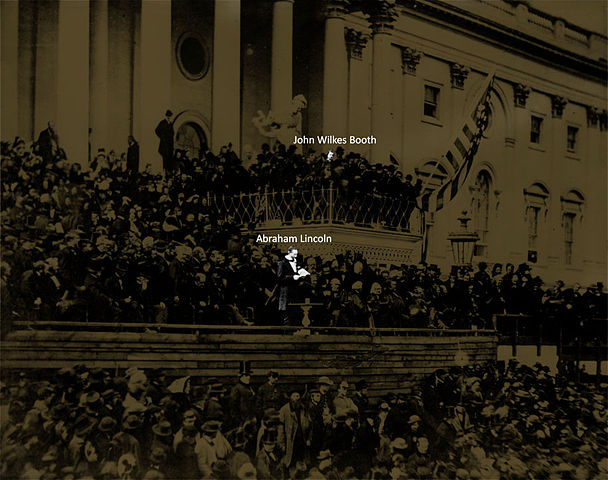
John Wilkes Booth subsequently spent several months attempting to coordinate a feasible plan to abduct the President. He proposed kidnapping Lincoln during the President’s frequent trips to visit wounded troops at the Soldiers Home on the outskirts of the capital, on the President’s occasional, impromptu carriage rides which transpired with little security and even at Ford’s Theater itself which Lincoln frequently attended and Booth had both unlimited access to and specific knowledge of. But none of these proposals ever amounted to any substantive efforts, the most glaring failure the absence of Booth to do anything at all despite his and other conspirators photographically documented presence only a few feet away from President Lincoln during the inauguration on March 10, 1865.
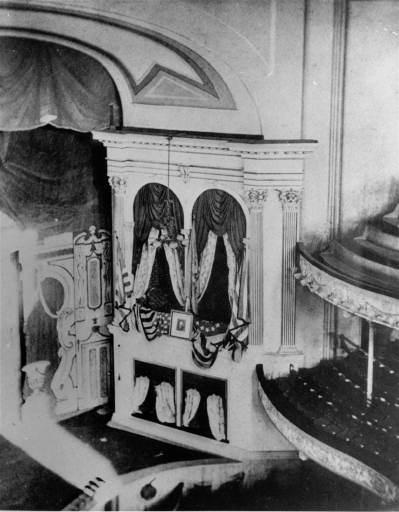
So familiar was Booth with the theater that he crossed under the stage during the performance via a trap door and subterranean passage. He emerged on Tenth street, at the front of the building and headed to a saloon next door. Casual observers would assume that Booth had come to the play as a pedestrian, only a few backstage employees knew he had a horse. Booth entered the Star Saloon at approximately 10 PM. He ordered whiskey and a bottle was placed in front of him and eventually water. Quickly downing a shot, he remained alone and was not bothered by other patrons as he reflected on the task ahead. Eventually, he paid for the drink and walked out of the bar and down the street to the theater. He heard the dialogue as he entered, reassured that he still had plenty of time.
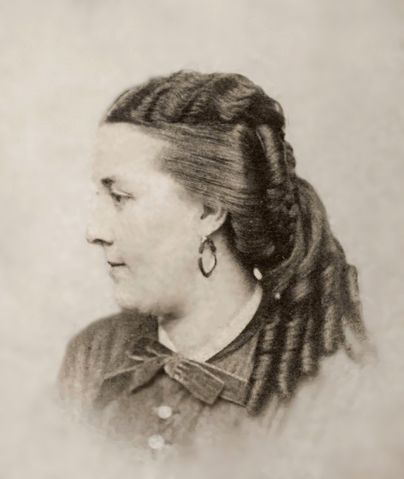
Booth’s access to the inauguration was the result of his ongoing and serious romance with Lucy Hale, the daughter of Senator John Hale of New Hampshire. Booth and the Hales lived in the same hotel in Washington and the handsome actor and very attractive 24 year old first crossed paths in 1863. Unlike some of Booth’s other, more sordid romantic entanglements, this relationship followed the traditional courtship mores of the period with attendance at formal dancing events and the exchange of flowery letters. But it was also complicated by the Senator’s appointment as Minister to Spain, a posting that required the family’s relocation to Europe. Lucy Hale would actually officially break up with Booth at least once, only to resume seeing him again. What Lucy’s actual intention was in April of 1865 is still disputed but it was clear that, despite its unpublicized nature, this was a serious relationship.
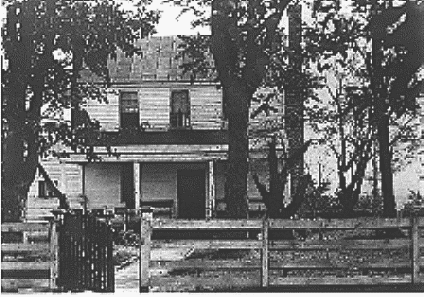
Richard Garrett petitioned the Federal government for reimbursement of the building and tobacco curing tools destroyed during Booth’s capture. He was officially labeled an enemy sympathizer in a time of war and his claim was rejected. The farm was eventually abandoned, the Garrett family shunned by their neighbors as complicit in Booth’s capture and death. The notorious property was a popular landmark for tourists and although eventually sold, it remained unoccupied until the farmhouse, by now completely derelict, was bulldozed in the 1940’s by the land’s new owner, the federal government. Today, the site of the Garrett farm is an empty clearing within the wooded median of a busy four lane Virginia state highway, a single historical marker on the side of the road the only acknowledgement of the historic location.
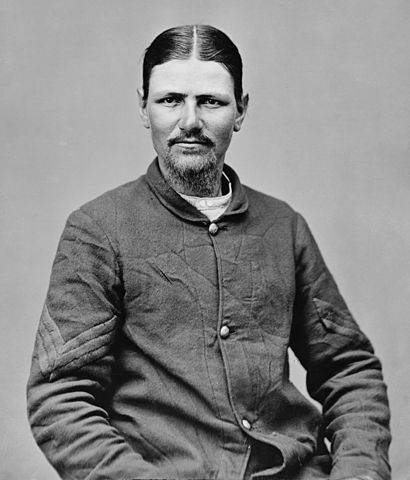
One individual who completely escaped official sanction was Booth’s executioner, Boston Corbett. When angrily confronted by Everton Conger only minutes after Booth was shot, Corbett was completely forthcoming, claiming that it was the hand of God that directed the act. For anyone who knew the sergeant, this was not an insignificant statement. Corbett was so fanatically religious that he had previously castrated himself to avoid the temptation of the devil, which he believed omnipresent.
Podcast: Play in new window | Download
Subscribe: RSS

